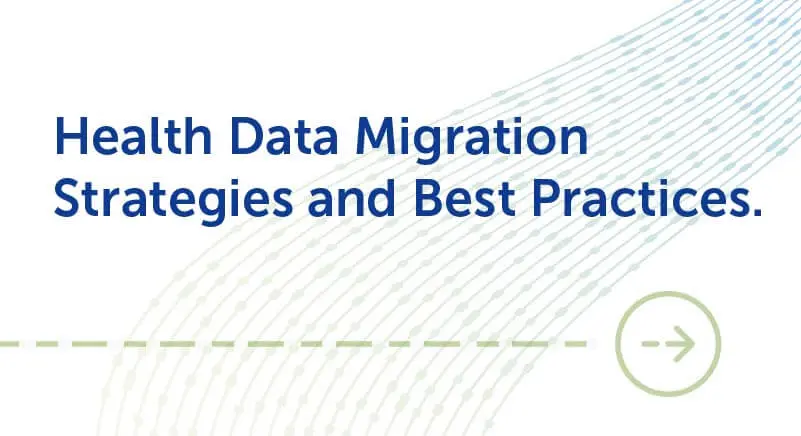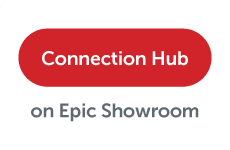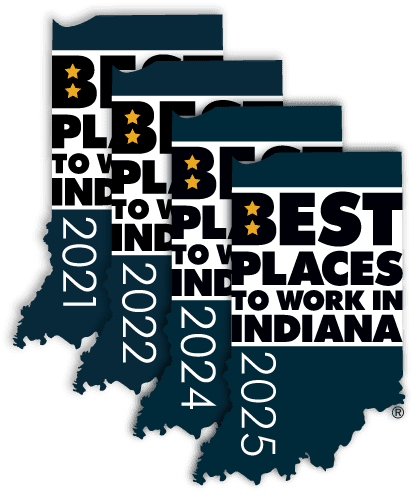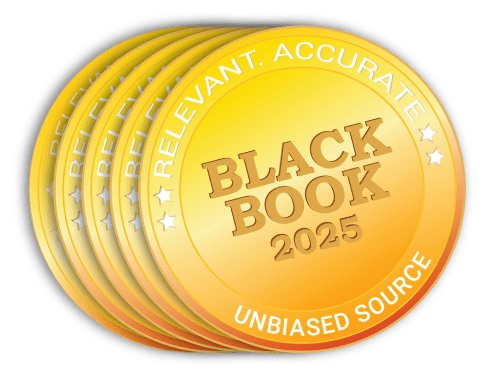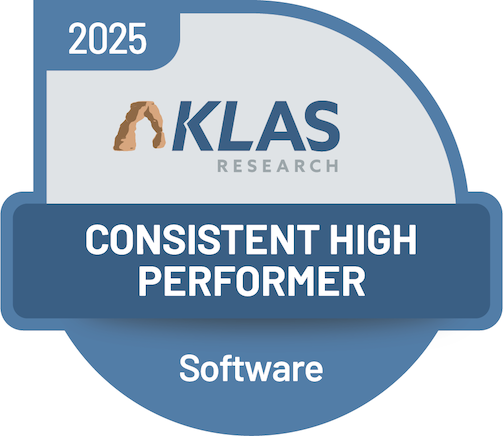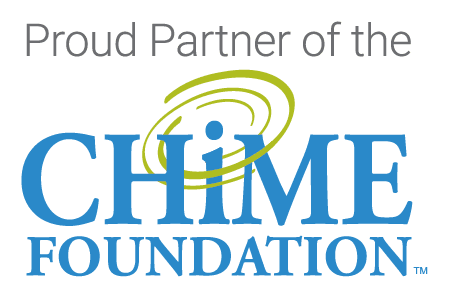Technology Consolidation
Frees Up Resources, Not Just Rack Space.
Whether implementing a new EHR, recovering from M&A activity, or modernizing your tech stack, Harmony Healthcare IT helps you extract, move, and consolidate data from legacy systems—securely and compliantly.
Why Technology Consolidation is Critical
As organizations grow and evolve—via system upgrades, mergers, or digital transformation—they’re left with dozens of outdated applications holding essential legacy data. Maintaining these systems is costly, complex and unsustainable. Harmony Healthcare IT provides a roadmap for consolidating your systems, retaining vital records and making them accessible.
When is it time to simplify?
- Implementation of a new EHR or ERP platform.
- Healthcare organization mergers, acquisitions, or affiliations.
- Strategic IT modernization initiatives.
- Reducing risk, cost and support demands across legacy applications.
Technology Consolidation Benefits
Cost Containment
Redundant systems are decommissioned, reducing licensing, hosting, and support costs.
Better Efficiency
Simplifying IT infrastructure lightens the burden on internal teams and streamlines operations.
Risk Management
Data remains secure, accessible, and aligned with legal and regulatory retention requirements.
Strategic Flexibility
Legacy constraints are removed, creating space for future innovation and system growth.
Our Proven Approach to Consolidation
Identify all legacy systems and data sources across clinical, financial, and operational areas.
Determine which data should be migrated, archived, or retired.
Extract data from old or unsupported applications.
Support of both structured and unstructured formats.
Convert specified data into modern platforms (e.g., Epic, Oracle Health).
Archive legacy application data into HealthData Archiver® or HealthData Locker™.
Archive all data types (clinical, financial, business) into a consolidated, easy-to-use searchable platform.
Navigate from new EHR to archived records using Single Sign-On with patient context sharing.
Enable access to archived data via SSO, HL7, FHIR APIs, or legacy record indicators.
Support audits, legal requests, and release of information workflows.
Any data in discrete or non-structured format is able to be archived:
- Clinical (patient histories, encounters, problems/allergies/medications/immunizations, scanned/non-structured documents docs, etc.)
- Financial (claims, AP/GL, fixed assets, materials management, etc.)
- Revenue Cycle (transactions, claim and statement history, collection agency detail, etc.)
- Business (employee files, HR information, payroll, contracts, supply chain, etc.)
Why Choose Harmony Healthcare IT?
HITRUST Certified
Ensuring we meet the highest standards in data protection and security.
12-24 Months
Timeframe for clients to realize ROI benefits.
KLAS Rated
Consistently ranked highly in the data archiving category.
700+ Brands
We have experience with successfully extracting, migrating, and archiving data.
What Systems Can Be Consolidated?
Any application that is not part of your organization’s go-forward technology portfolio. This can include outdated EHRs; legacy billing, HRIS, and ERP systems; and departmental tools (scheduling, labs, imaging, etc.).
Key Resources
Learn more about implementing a new system or EHR in the context of M&A activity.
